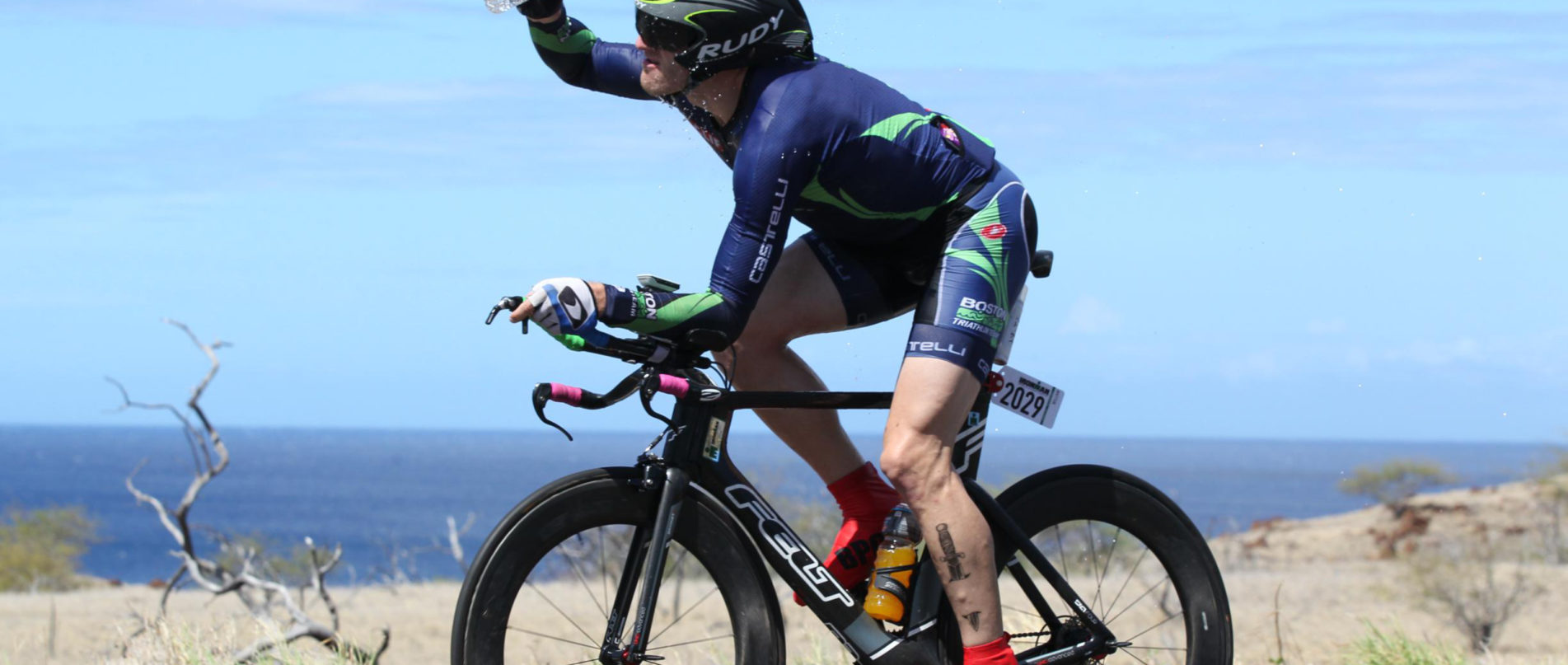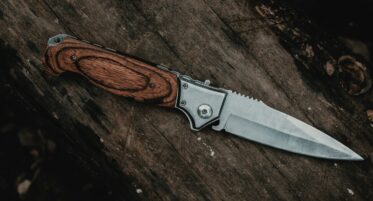
Prompt Images
The typical pedal motion of a bicycle starts at the top with the knee bent. The hip and the quad drive most of the power stroke, and the calf finishes the propulsion. Then, three smaller muscles guide the leg out of the way in the recovery phase. The opposite leg drives the opposite pedal through the power stroke.
If someone were to ask me what I liked to do in my free time, I can only imagine the awkward glances I’d receive if I responded with the truth. “I like to sit on a really narrow piece of carbon and spin my feet around in circles until my heart rate is really high, and I am covered in sweat.”
“Oh really, uhh, that seems, uhh, cool…” they would probably reply, a bit perplexed, “How many times do you, ummm, do that?”
“Five to ten thousand,” I’d reply frankly, with a huge smile on my face. “Sometimes more.”
And that would probably be it. I’m confident that this theoretical person would back away from me in a drawn-out, awkward, woah-that-guy-was-weirder-than-weird kind of way.
Look, I get it.
But when I think back on my biking adventures, I don’t think about the individual pedal strokes that I made along the way. They all blend together in a “Holy crap—that was a spectacular bike ride” kind of way.
Moving my body on a bike has changed my mindset and my life.
In a desperate reach to impress you and provide validation to my point, here’s my top five lifetime rides:
- My Apartment in Denver to the top of Pike’s Peak (31,200 pedal spins)
- Vermont’s 200 on 100 (62,400 pedal spins)
- Across Massachusetts (42,210 pedal spins)
- This one time I raced two races in one ride (21,330 pedal spins)
- And the Ironman World Championship ride (23,100 pedal spins)
My point here (besides bragging about bout some really awesome bike rides) is that you might think somewhere in my top five most memorable rides, I could remember one of the more than 180,000 spins of the pedal.
That’s not the case though. All I remember are the gorgeous views, the insane adrenaline along the way, the rush of endorphins at the mountain tops, and the delicious beer afterwards with friends who agreed to meet me at the finish line of each of these stunts. Because when the riding is easy, I don’t notice the motion at all, it feels natural. So natural, in fact, that one might even say, “It’s like riding a bike.”
All I remember is the romance.
But if you asked me what I was thinking about halfway to the top of Pike’s Peak or as I nose-dived off the back of the peloton in the aforementioned second race of the day, I would have told you about how the only thing I was thinking about was trying to spin my legs, how hard it was, how much I didn’t want to pedal any more. How much I didn’t want to move or go on at all.
When you are going through tough times on the bike, you not only think about every rotation of your legs. You also think about every single degree of each rotation.
It’s a constant game of power then recovery. Power, then recovery.
It’s fun to think about this cycle because I feel the same way with every single hard time or tough decision I’ve ever had to make in my life. Some days I wake up feeling like King of the World, absolutely unstoppable, a master of my own destiny; other days, I can’t get out of bed. I turn over in the sheets and wallow in self doubt, purposelessness, unworthiness, and lack of control.
Life—as I see it—is the same cycle of powerful gratification and faith in what I am doing versus my overwhelming recovery from doubt and insecurities. Though I try to make an effort to level off the “highs” and “lows” to manageable levels, I have realized that you can’t really have a full powerful pedal stroke if you don’t properly recover from the previous leg revolution. Most of the time I know, deep down, that things will be OK, but no matter how much I know this, the most pedestrian of movements or decisions may seem daunting and overwhelming, almost like the end of the world.
But a little bit of fear and doubt is what sets us up for a powerful and confident drive.
Both forces are necessary for healthy and consistent forward progress. The balance between the two is what provides the rhythm of self-improvement… one leg drives the bike forward, then it gets out of the way so the other leg can drive; once it is finished—and only once it is finished—the process can start over again.
Just as you can’t alter the pedals on a bike, you also can’t change your feelings of doubt and fear. And perhaps, counterintuitively, that’s a good thing. Because just like bike pedals—which are fixed on either side of the crank, in off-setting high and low positions—it’s about balance. Between confidence and doubt, special moments and routine, power and recovery, highs and lows.
So, some days you feel the mundane monotony of every single bit of your routine (every single pedal stroke), while other days you are standing on top of a mountain saying to yourself, “What a ride!”
But there would be no ride without the routine.
The perfectly opposing forces create the correct motion to drive the rider forward on the bicycle. Doubt and fear are some of the best things you can use for motivation to improve your performance. You just need to remember the feeling of confidence and know that it will come soon after the doubt and fear. That’s what keeps you pulling through when you feel every bit of life’s tough times.



